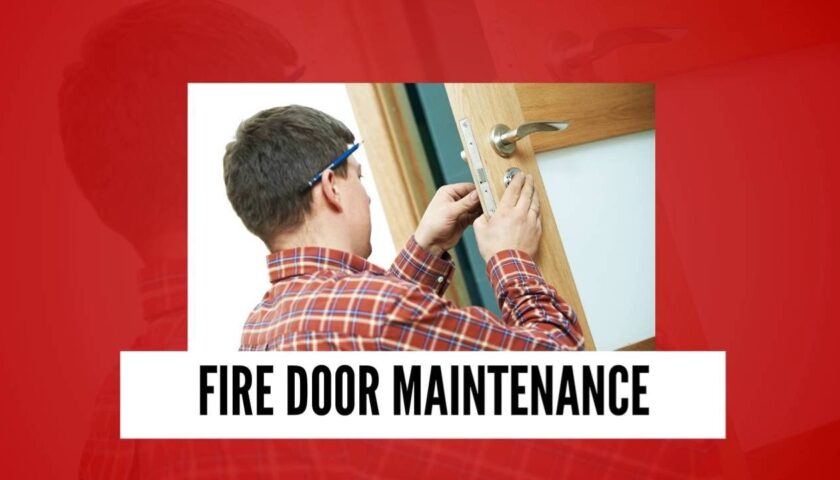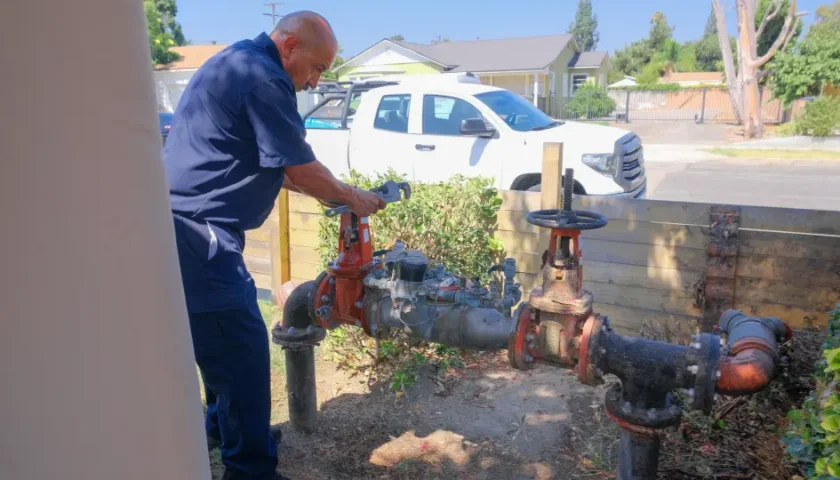In today’s fast-paced world, safety at work and in everyday activities is more important than ever. One essential aspect of safety is protecting your eyes. From construction sites to laboratories, the need for protective eyewear—such as safety eyeglasses, work glasses, and safety work glasses—is indispensable. But how do you choose the right type of eyewear? What features should you prioritize? In this comprehensive guide, we’ll explore everything you need to know about protective eyewear, its applications, benefits, and the best practices for ensuring your eyes remain safe in any environment.
What is Protective Eyewear?
Protective eyewear refers to specially designed glasses, goggles, or shields that safeguard the eyes from hazards such as debris, chemicals, radiation, or impacts. These essential tools not only protect the eyes but also enhance productivity and confidence in various environments. Whether you’re on a job site or engaging in sports, protective eyewear is a vital component of personal safety.
Types of Protective Eyewear
Safety Eyeglasses
Safety eyeglasses are lightweight, comfortable, and ideal for prolonged wear. They’re equipped with shatter-resistant lenses to protect against flying debris and small particles.
Goggles
Goggles provide a sealed fit around the eyes, offering superior protection against liquids, dust, and fumes. They’re commonly used in laboratories and chemical plants.
Face Shields
Face shields are comprehensive devices that protect not only the eyes but also the face. These are often paired with safety glasses for maximum protection in high-risk environments.
Key Features of Safety Eyewear
When choosing protective glasses, consider the following key features:
- Durability: High-quality frames and lenses made from materials like polycarbonate ensure long-lasting protection.
- Comfort: Adjustable nose pads, lightweight designs, and flexible temples reduce discomfort during extended use.
- Anti-Fog Coatings: Prevent fogging, ensuring clear vision in humid or temperature-variable environments.
- UV Protection: Lenses that block UVA and UVB rays safeguard your eyes during outdoor activities.
Standards and Certifications
Protective eyewear must meet certain standards to ensure effectiveness.
- ANSI Z87.1: Ensures protection against impacts and chemical splashes.
- OSHA Compliance: Mandates eye protection in hazardous work environments.
- CE Certification: Indicates conformity to European safety standards.
Always check for these certifications before purchasing safety eyewear.
Applications of Safety Eyewear
Protective eyewear finds application in numerous sectors, including:
- Construction Sites: Guards against flying debris and dust.
- Healthcare Settings: Shields eyes from biological hazards.
- Sports Activities: Reduces the risk of eye injuries during high-impact sports.
Prescription Safety Glasses
Combining vision correction and protection, prescription safety glasses are a game-changer for individuals who need to address refractive errors while working in hazardous environments. These glasses are available with all the features of regular safety glasses, including impact resistance and anti-fog coatings.
Trends in Protective Eyewear
Gone are the days when safety glasses were bulky and unattractive. Modern designs blend style and functionality, offering:
- Sleek frames and tinted lenses.
- Ergonomic designs for all-day comfort.
- Advanced features like photochromic lenses that adjust to changing light conditions.
FAQs
What is the difference between safety glasses and regular glasses?
Safety glasses are designed with impact-resistant materials and meet specific safety standards, while regular glasses do not provide adequate protection against hazards.
Can safety glasses be used as sunglasses?
Yes, many safety glasses come with UV protection and tinted lenses, making them suitable for outdoor use.
How often should I replace my safety glasses?
Replace safety glasses if they show signs of wear, scratches, or damage that could compromise their effectiveness.
Are prescription safety glasses expensive?
While they may cost more than regular safety glasses, prescription safety glasses are a worthwhile investment for both vision and safety.
Do safety glasses protect against blue light?
Yes, some safety glasses come with blue light-blocking technology to reduce eye strain from digital screens.
Can children use safety glasses?
Absolutely! Children’s safety glasses are designed with smaller frames and fun designs to encourage usage.
Conclusion
Protective eyewear is an essential investment in personal safety, whether at work, during sports, or in everyday activities. By choosing the right safety glasses, you can safeguard your vision and enhance productivity without compromising comfort or style. Always prioritize certified products and consider the specific needs of your environment for optimal protection.



